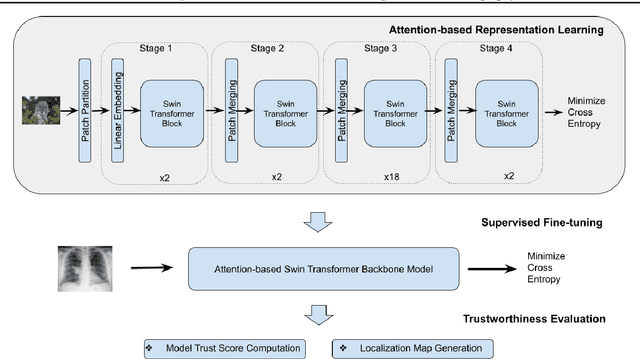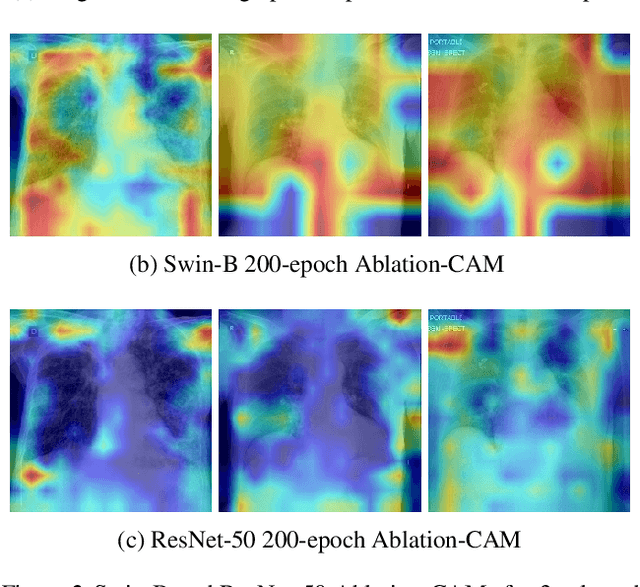Karim Habashy
MindSet: Vision. A toolbox for testing DNNs on key psychological experiments
Apr 08, 2024



Abstract:Multiple benchmarks have been developed to assess the alignment between deep neural networks (DNNs) and human vision. In almost all cases these benchmarks are observational in the sense they are composed of behavioural and brain responses to naturalistic images that have not been manipulated to test hypotheses regarding how DNNs or humans perceive and identify objects. Here we introduce the toolbox MindSet: Vision, consisting of a collection of image datasets and related scripts designed to test DNNs on 30 psychological findings. In all experimental conditions, the stimuli are systematically manipulated to test specific hypotheses regarding human visual perception and object recognition. In addition to providing pre-generated datasets of images, we provide code to regenerate these datasets, offering many configurable parameters which greatly extend the dataset versatility for different research contexts, and code to facilitate the testing of DNNs on these image datasets using three different methods (similarity judgments, out-of-distribution classification, and decoder method), accessible at https://github.com/MindSetVision/mindset-vision. We test ResNet-152 on each of these methods as an example of how the toolbox can be used.
Towards Trustworthy Healthcare AI: Attention-Based Feature Learning for COVID-19 Screening With Chest Radiography
Jul 19, 2022



Abstract:Building AI models with trustworthiness is important especially in regulated areas such as healthcare. In tackling COVID-19, previous work uses convolutional neural networks as the backbone architecture, which has shown to be prone to over-caution and overconfidence in making decisions, rendering them less trustworthy -- a crucial flaw in the context of medical imaging. In this study, we propose a feature learning approach using Vision Transformers, which use an attention-based mechanism, and examine the representation learning capability of Transformers as a new backbone architecture for medical imaging. Through the task of classifying COVID-19 chest radiographs, we investigate into whether generalization capabilities benefit solely from Vision Transformers' architectural advances. Quantitative and qualitative evaluations are conducted on the trustworthiness of the models, through the use of "trust score" computation and a visual explainability technique. We conclude that the attention-based feature learning approach is promising in building trustworthy deep learning models for healthcare.
 Add to Chrome
Add to Chrome Add to Firefox
Add to Firefox Add to Edge
Add to Edge